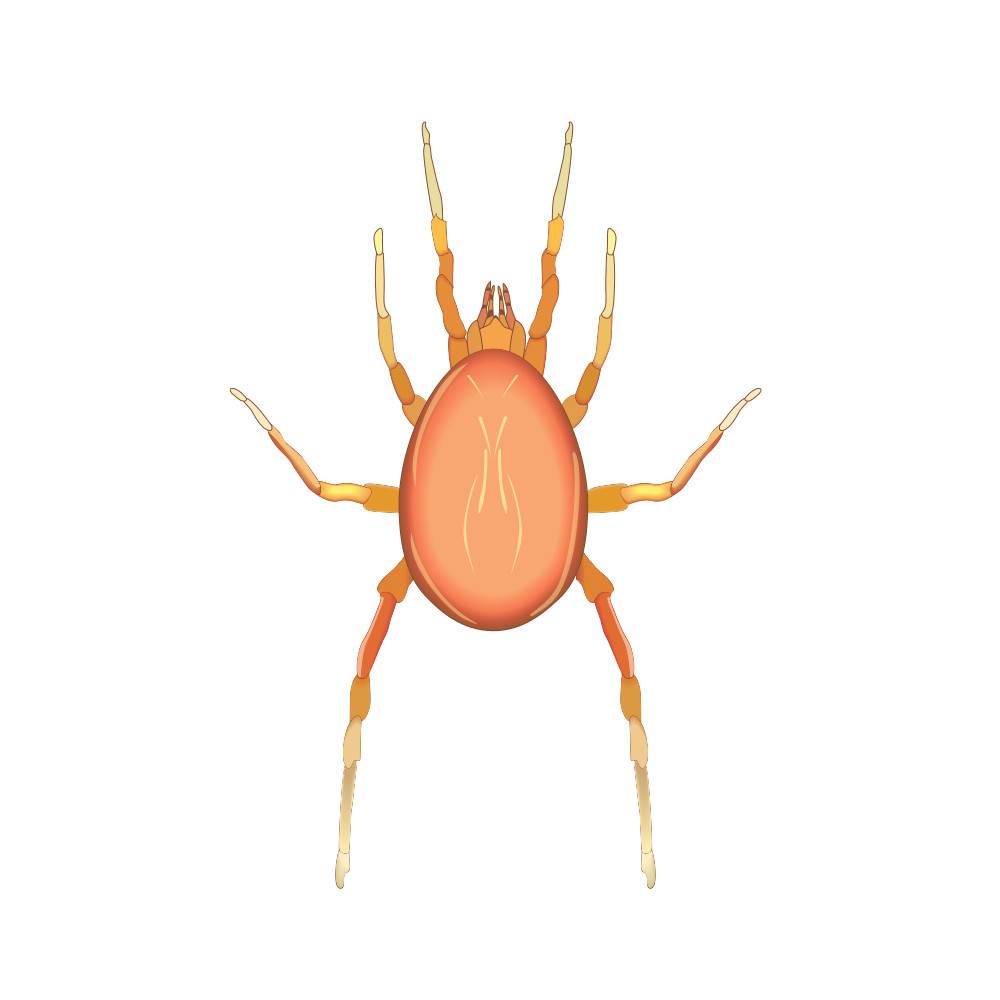BIOLOGICALS
Toward an Integrated Pest Management
Integrated Pest Management aims to control various ecological pressures in a greenhouse environment with nature's own remedy: beneficial insects. BioVista has available the following two beneficial insects for your crop solution:
(1) Entomopathogenic nematodes (Steinernema feltiae, Steinernema carpocapsae, and heterorhabditis bacteriophora); and (2) Phytoseiulus persimilis. These two help again fungus gnats/shore flies and spider mites respectively.
Meet the Nematodes

Entomopathogenic nematodes are microscopic roundworms that parasitize soil-dwelling pest stages, including the larvae of fungus gnats (Family Sciaridae), shore flies (Family Ephydridae),
and some pest beetles (e.g., black vine weevil (Otiorhynchus sulcatus and some turf-feeding scarabs). They are not harmful to plants.
Different species of entomopathogenic nematodes differ in their host range, environmental tolerances, and in the distance that they will move to find hosts. These factors should be carefuly considered when selecting which species to use.
Entomopathogenic nematodes are supplied as infective juveniles, which are usually applied as a soil drench (sometimes through irrigation liens in flow rates are adequate). Nematode movement through the soil is limited to a few centimetres
per day and requires adedquate moisture; it may be necessary to irrigate prior to applicationm and again afterwards to allow the nematodes to move into the supper soil layers where there is less risk of desiccation. Nematodes can be
killed by exposure to direct sunlight and ideally they should be applied under cloudy conditions or in the evening.
Meet the Predatory Mite

Phytoseiulus persimilis is a specialised predator of spider mites (mainly those in the genus Tetranychus), and as such is the most commonly used biological control agent for two-spotted spider mite (Tetranychus urticae).
The adults of P. Persimilis are approximately 0.5 mm long (similar in size to adult spider mites), with a pear-shaped body and relatively long legs; adults are bright orange-red in colour, while the immature stages are somewhat paler.
The activity and reproductive succes of P. PErsimilis is strongly influenced by temperature and humidity, with the optimum temperature range being from 20 to 26 degrees Centigrade, with relative humidities of 65 - 80%. At 26 degrees Centigrade
the life-cycle (egg to adult0 can be completed in approximately 3-5 day, and the adults can be expected to live for 12 - 25 days
Note that while P. Persimilis is an excellent predator of spider mites, it will not eat alternative prey and hence cannot survive long when spider mites are absent.
Our COFFEE
Here at BioVista we grow and harvest our very own coffee beans!







